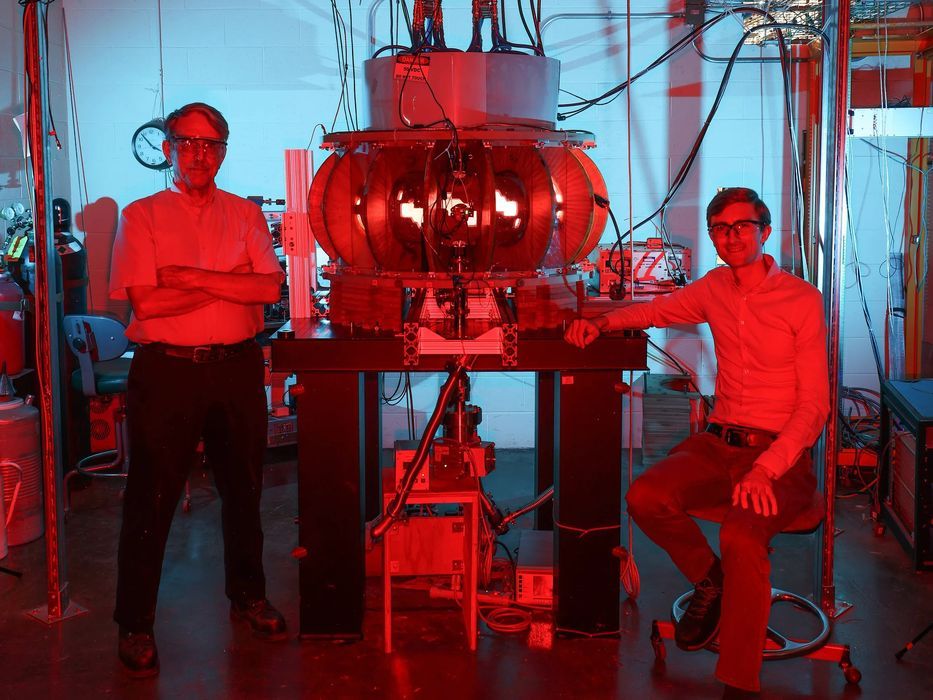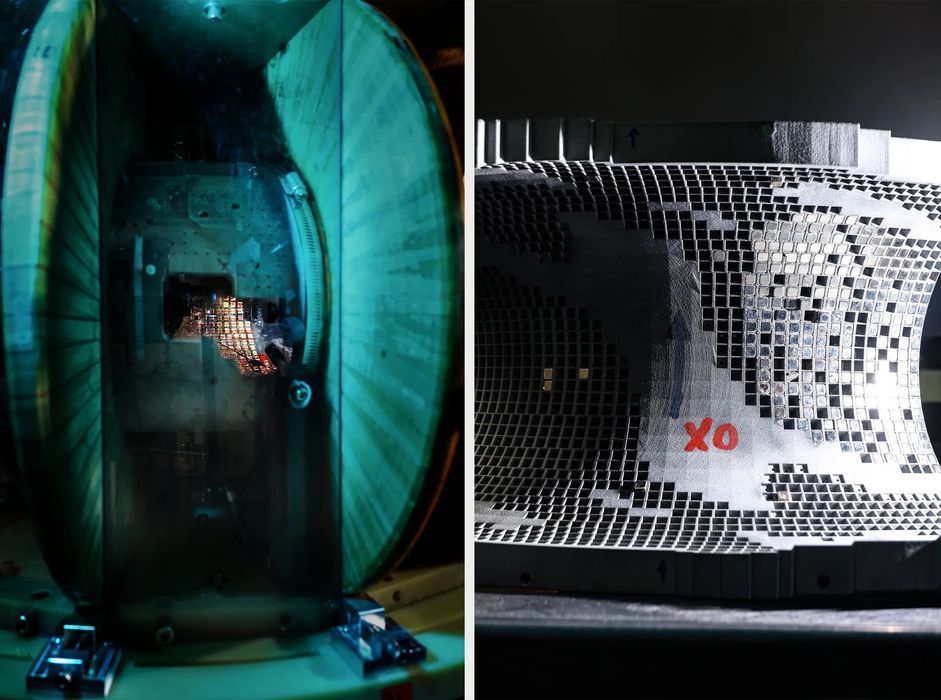
There’s an interesting story from IEEE Spectrum describing how researchers built a low-cost fusion reactor — using 3D printing.
Fusion energy is the long-sought goal of scientists, as it could eliminate the need for much of today’s energy production. Fusion unlocks the energy stored at the atomic level, and is effectively unlimited in capacity.
Why haven’t we seen fusion reactors everywhere? It turns out it is an incredibly challenging engineering problem to solve. Fusion requires extremely high temperatures and pressures, which must be contained within the reaction chamber. This is thought best done with magnetic fields, which must be precisely arranged to avoid leaks and breakdowns in the pressures and temperatures.
By properly enclosing the plasma, it’s then possible to generate more energy from the fusion process than is used to maintain operations. Once that level of efficiency is achieved, then fusion reactors could begin replacing our current base-level electrical generating equipment.
Scientists have devised several reactor designs to accomplish this. One, developed in the 1950s, is called the “Stellerator”. It improved the magnetic field arrangement in the torus shape holding the high-temperature plasma, but required massive computing resources to plan. In the 1950s, these computing resources were not available, so the Stellerator design was abandoned in favor of the Tokamak approach.
Now, almost 70 years later, the Tokamak approach is reaching its conclusion: it seems that the method isn’t really capable of the efficiency required.
Some researchers have turned back to the Stellerator approach, as it’s now possible to apply vast computing resources to the problem.
Researchers at Princeton realized it would be possible to build a simple prototype Stellerator fusion reactor for experiments at very low cost.
Their design, shown at the top, was created for only US$640,000 — vastly less than the billions spent on other designs, and especially the US$24.5B ITER project.
They used today’s technology to create the reactor, but along with modern computing, they also used 3D printing.

The shell of the Stellerator holds almost 10,000 permanent magnets that help develop the required magnetic field. These must be precisely positioned in order to work properly, and this was done by 3D printing the shell in nylon. There are also sixteen large electromagnets visible on the outside of the shell.
The experiment is still underway, but all of this was enabled by advances in technology. An old idea was re-ignited by today’s massive computing power — and 3D printing.
Via IEEE Spectrum
